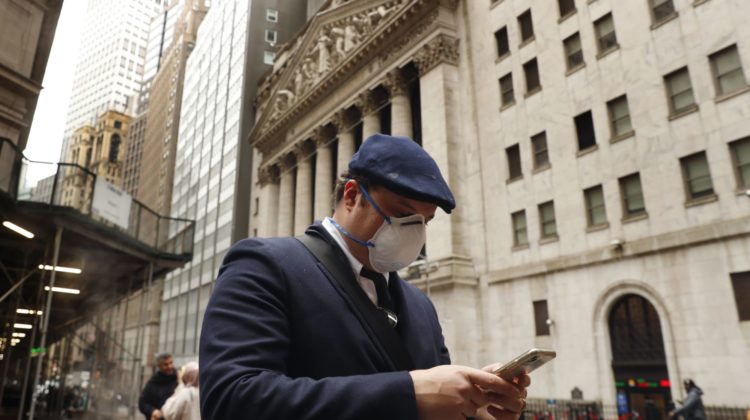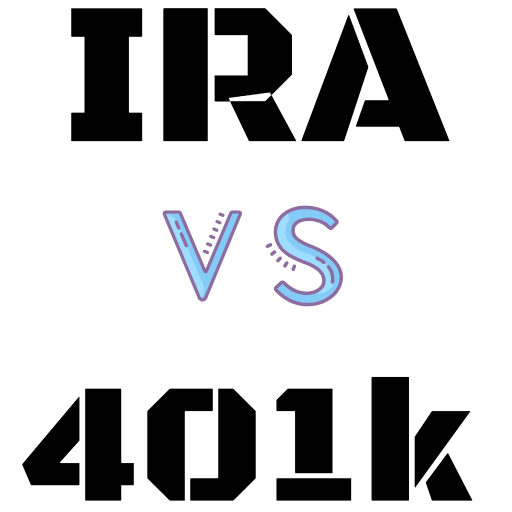
Stock futures pointed to a higher open Wednesday morning as stocks looked to resume their rally. Contracts on each of the S&P 500, Dow and Nasdaq rose about 0.3%.
A day earlier, the Nasdaq powered to another record closing high as tech stocks outperformed, while the S&P 500 and Dow each ended a tick below their recent record levels. Still, all three major indexes have performed strongly for February to date, as has the small-cap Russell 2000, which closed at its own record high on Tuesday and extended its winning streak to seven sessions.
A wave of better than expected corporate earnings results, alongside expectations for more fiscal support from congressional lawmakers, has helped support stocks. Companies that reported quarterly results after market close on Tuesday largely topped expectations, adding to the pile of estimates-topping reports for last quarter.
Lyft’s stock (LYFT) surged more than 11% in early trading after the company said it could be profitable as soon as the third quarter this year, or a full quarter ahead of earlier estimates, thanks to rigorous cost-cutting measures. Shares of Twitter (TWTR) jumped 5% overnight after the company’s sales grew more than expected and its profit beat estimates, though it warned that user growth will likely slow in 2021 after a pandemic-era boom.
So far, companies comprising more than three-quarters of the S&P 500’s market capitalization have reported fourth-quarter results. In aggregate, these results have topped expectations by nearly 17%, and 80% of companies beat their own projections, according to an analysis by Credit Suisse’s Jonathan Golub.
But even amid strong earnings and supportive monetary and fiscal policy, some strategists have begun to debate whether the recent leg higher in markets can be sustained in the very near-term as sentiment starts to get frothy.
“We’ve seen a very strong phase of what I’d call fast markets: A strong rally the last six months in risk assets across the board,” Joseph Little, HSBC Global Asset Management global chief strategist, told Yahoo Finance. “And what that means in practical terms for investors is that a lot more is now discounted. And the story around recovery, around faster economic improvements, around the vaccines is now, at this point, well-known to investors and to other market participants. And that poses the question of what could happen to markets next.”
“My suspicion is that we’re at a point now where, as more is discounted, it becomes harder and harder for the news to really support the market further and further. And that creates what I call a hypersensitivity,” he added. “It means markets are rather vulnerable if the news flow becomes a little bit more difficult, if the news flow begins to disappoint. I’d still be positive as we look out over a six month view. But it could mean that after the run that we’ve seen, we’re in line for a phase of maybe a bit more consolidation.”
Others, however, have remained more upbeat.
“It’s clear that there’s a lot of optimism out there, but I would argue that there are good reasons to be optimistic. Keep in mind that just six or eight months ago, there was an expectation that it would take much longer, if at all, to develop a vaccine that protects against COVID-19,” Kristina Hooper, Invesco chief global market strategist, told Yahoo Finance. “The fact that we have effective vaccines, extremely effective vaccines that are now being distributed means that there is a light at the end of this tunnel and it is a bright light, hence a lot of optimism. Especially given we have a very accommodative Fed, and we also have a decent amount of fiscal stimulus and potentially more coming.”
—
9:03 a.m. ET: General Motors tops 4Q estimates, but says 2021 earnings will be hit by chip shortages
General Motors (GM) reported fourth-quarter earnings and revenue that topped expectations, though the car-maker said its profit would be hit in the current fiscal year due to chip shortages.
Adjusted earnings were $1.93 per share on revenue of $37.52 billion, with both metrics better than the $1.57 per share on revenue of $35.88 billion expected.
Chip shortages, which have rattled other companies in the auto industry as well, will cut operating profit by between $1.5 billion to $2.0 billion in 2021, GM added, and will also impact production and cash flow. Earlier this month, GM already announced it had extended a halt on production at three North American plants due to chip shortages.
—
8:40 a.m. ET: Consumer prices increased mildly in January as inflation remained tame
A core measure of consumer price changes increased less than expected in January, according to the Labor Department’s monthly report Wednesday, as inflationary trends remained tame during the ongoing pandemic.
The headline consumer price index (CPI) rose 0.3% in January over December, matching estimates, according to Bloomberg consensus data. However, excluding more volatile food and energy prices, the CPI was unchanged, following an unchanged reading in December as well.
Over last year, CPI excluding food and energy prices rose 1.4%, decelerating from December’s 1.6% increase and coming in below estimates for rise a 1.5%.
—
7:24 a.m. ET: Mortgage applications dropped 4.1% last week as interest rates hit the highest level since November
Mortgage applications dropped by 4.1% during the week ending February 5 following a jump of more than 8% during the prior period, according to the Mortgage Bankers’ Association’s weekly report. The drop came as interest rates started to creep higher, pressuring demand, though overall housing market activity remained sharply higher compared to a year ago.
Beneath the headline mortgage application index, refinances fell by 4% from a week earlier, but remained 46% higher than the same week in 2020. Purchases fell by 5% on a seasonally adjusted basis. Unadjusted, however, purchases were up 2% week-on-week and were 17% higher than the year-ago period.
“Mortgage rates have increased in four of the first six weeks of 2021, with jumbo rates being the only loan type that saw a decline last week. Despite some weekly volatility, Treasury rates have been driven higher by expectations of faster economic growth as the COVID-19 vaccine rollout continues,” Joel Kan, MBA’s associate vice president of economic and industry forecasting, said in a statement.
“With the 30-year fixed rate increasing to 2.96%– a high not seen since last November – refinances declined, and their share of total applications dipped to the lowest level in three months,” he added. “Government refinance applications did buck the trend and increase, and overall activity was still 46% higher than a year ago. Demand for refinances is still very strong this winter.”
—
7:17 a.m. ET Wednesday: Stock futures extend gains overnight, pointing to a higher open
Here’s where markets were trading, as of 7:17 a.m. ET Wednesday morning:
-
S&P 500 futures (ES=F): 3,917.75, up 12.25 points or 0.31%
-
Dow futures (YM=F): 31,360.00, up 82 points or 0.26%
-
Nasdaq futures (NQ=F): 13,726.5, up 46.25 points or 0.34%
-
Crude (CL=F): +$0.27 (+0.46%) to $58.63 a barrel
-
Gold (GC=F): +$3.20 (+0.17%) to $1,840.70 per ounce
-
10-year Treasury (^TNX): +0.8 bps to yield 1.165%
—
6:09 p.m. ET Tuesday: Stock futures hold near record levels
Here’s where markets were trading Tuesday evening as overnight trading kicked off:
-
S&P 500 futures (ES=F): 3,911.00, up 5.5 points or 0.14%
-
Dow futures (YM=F): 31,312.00, up 34 points or 0.11%
-
Nasdaq futures (NQ=F): 13,694.50, up 14.25 points or 0.1%
—
Emily McCormick is a reporter for Yahoo Finance. Follow her on Twitter: @emily_mcck
Follow Yahoo Finance on Twitter, Facebook, Instagram, Flipboard, LinkedIn, and reddit.
Find live stock market quotes and the latest business and finance news
For tutorials and information on investing and trading stocks, check out Cashay
